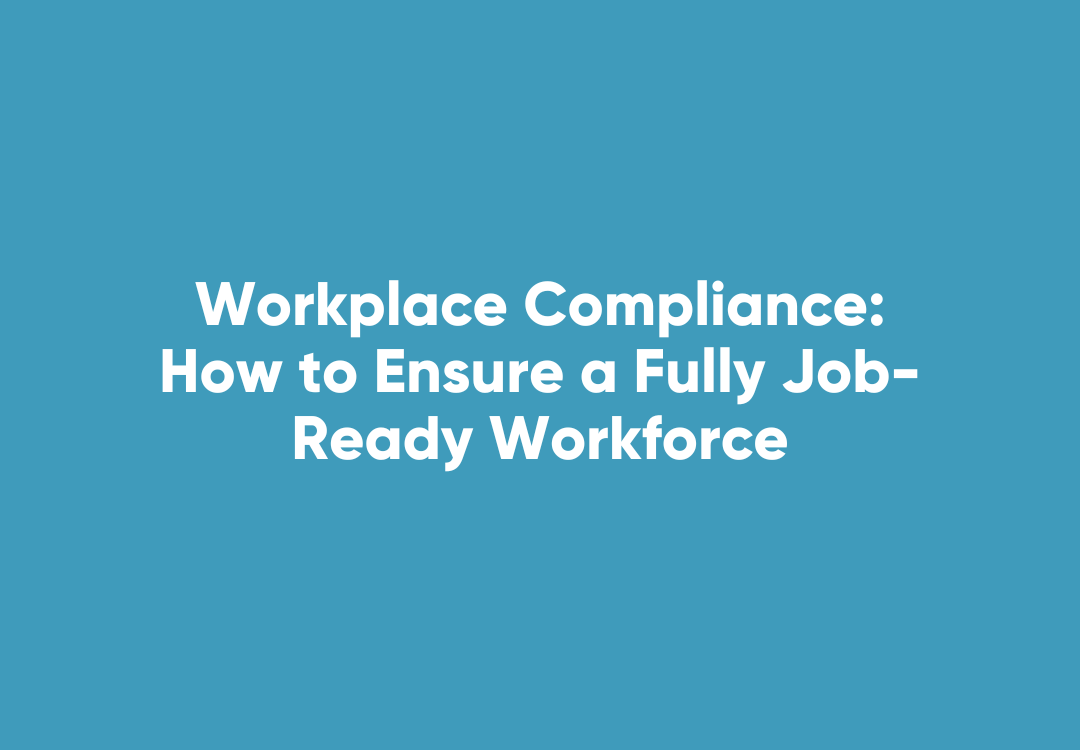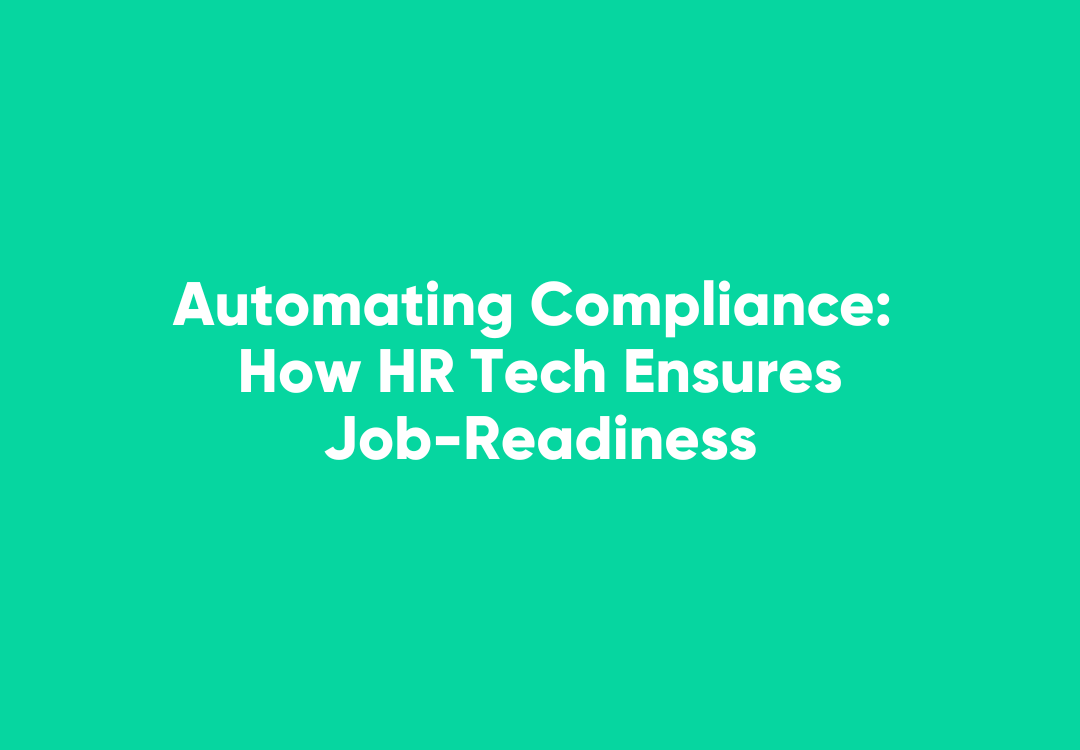What are the Financial Benefits of Maintaining a Healthy Workforce?
While legal compliance might be a common reason for companies to start thinking about their safety practices, taking a more proactive approach to health and wellbeing in the workplace can result in a range of tangible business benefits.
Of course, promoting wellbeing among your employees is definitely a worthwhile cause in its own right, but something that will be of particular importance to profit-minded decision makers is the financial benefit of maintaining a healthy workforce.
Could improving employee wellbeing boost your bottom line?
Regardless of the size of your company, there’s no denying that employee sickness can be detrimental to your ability to provide a quality service, which in turn can impact your enterprise’s overall finances.
In fact, Direct Health Solutions found that, on average, businesses lose $2,741 per year per employee due to the costs involved with sick leave and lost productivity.
Businesses lose $2,741 per year, per employee due to the costs involved with sick leave.
Nationally, the statistics are even more noteworthy.
The Australian workforce collectively takes more than 88 million days of sick leave per annum, which costs the economy a whopping $27.5 billion every single year.
With these figures in mind, perhaps it’s little surprise that Chair of Safe Work Australia Ann Sherry AO believes that companies who put a focus on health and safety training often enjoy stronger performance than their less health-conscious peers.
“There is strong evidence that businesses who manage their risks well, including their health and safety risks, perform better financially,” surmised Ms Sherry.
Web-based onboarding services are an effective way of familiarising new employees with health and safety practices.
The financial benefits of a healthy workforce are clear, but what can you do to encourage your employees to integrate best safety practices into their day-to-day work life to reduce absenteeism as a result of poor safety practices?
Well, there are many ways of achieving this, but one of the most effective methods involves fostering awareness right from the moment of induction.
Historically, this was a fairly laborious process, but thanks to the digitisation of onboarding tools, communicating health and safety practices to new employees has never been easier.
Many companies appear to recognise that web-based services are the best choice going forward, with more than one third (35.3 per cent) of companies in Australia using a dedicated portal to convey health and safety strategies, according to figures collated by healthcare group Bupa.












